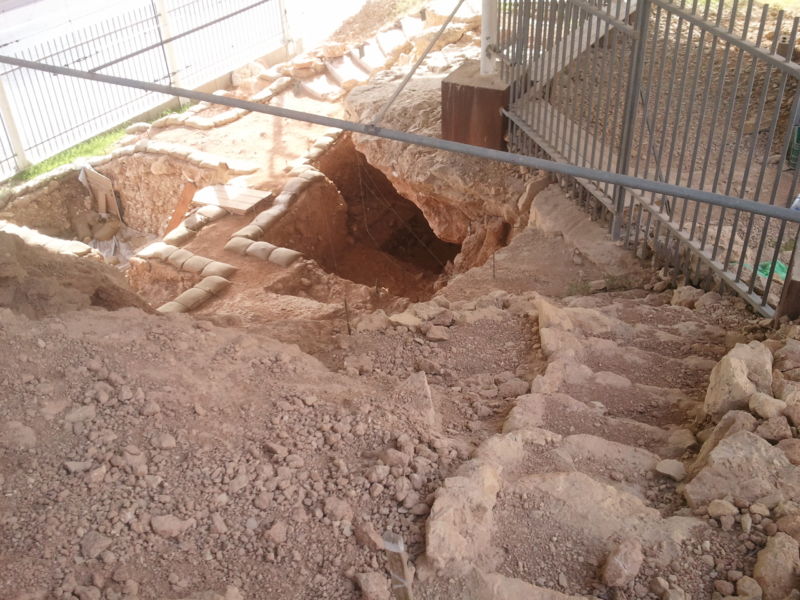The world’s oldest leftovers, left in Pleistocene storage containers

Enlarge / SAMSUNG (credit: By 66AVI - **TM****TM, CC BY-SA 3.0, https://commons.wikimedia.org/w/index.php?curid=17939578)
At Qesem Cave in Israel, Neanderthals or early Homo sapiens appear to have stored marrow-rich deer bones for several weeks, relying on the bones and their outer layer of dried skin and flesh to keep the marrow relatively fresh-like storing leftovers in Pleistocene Tupperware.
Based on the cut marks on the bones, people extracted the marrow after a few weeks, when the bones and their covering of skin and tendons had had time to dry out. That suggests the people who lived at Qesem were planning ahead for their future needs-which is one more piece of evidence that Neanderthals and the earliest members of our own species were smarter than we've often given them credit for.
Stone Age TupperwarePeople of various groups have lived at Qesem Cave off and on for hundreds of thousands of years. Archaeologists haven't found hominin fossils at the site so far, but in the oldest layers of artifacts, they've unearthed oval and pear-shaped handaxes in the Acheulian style-a stone calling card of Homo erectus or their descendants, Homo heidelbergensis. In layers dating from 300,000 to 200,000 years old, the stone blades and scrapers belong to a set of stone tool cultures called the Acheulo-Yabrudian, which has turned up at Neanderthal and early Homo sapiens sites.
Read 9 remaining paragraphs | Comments